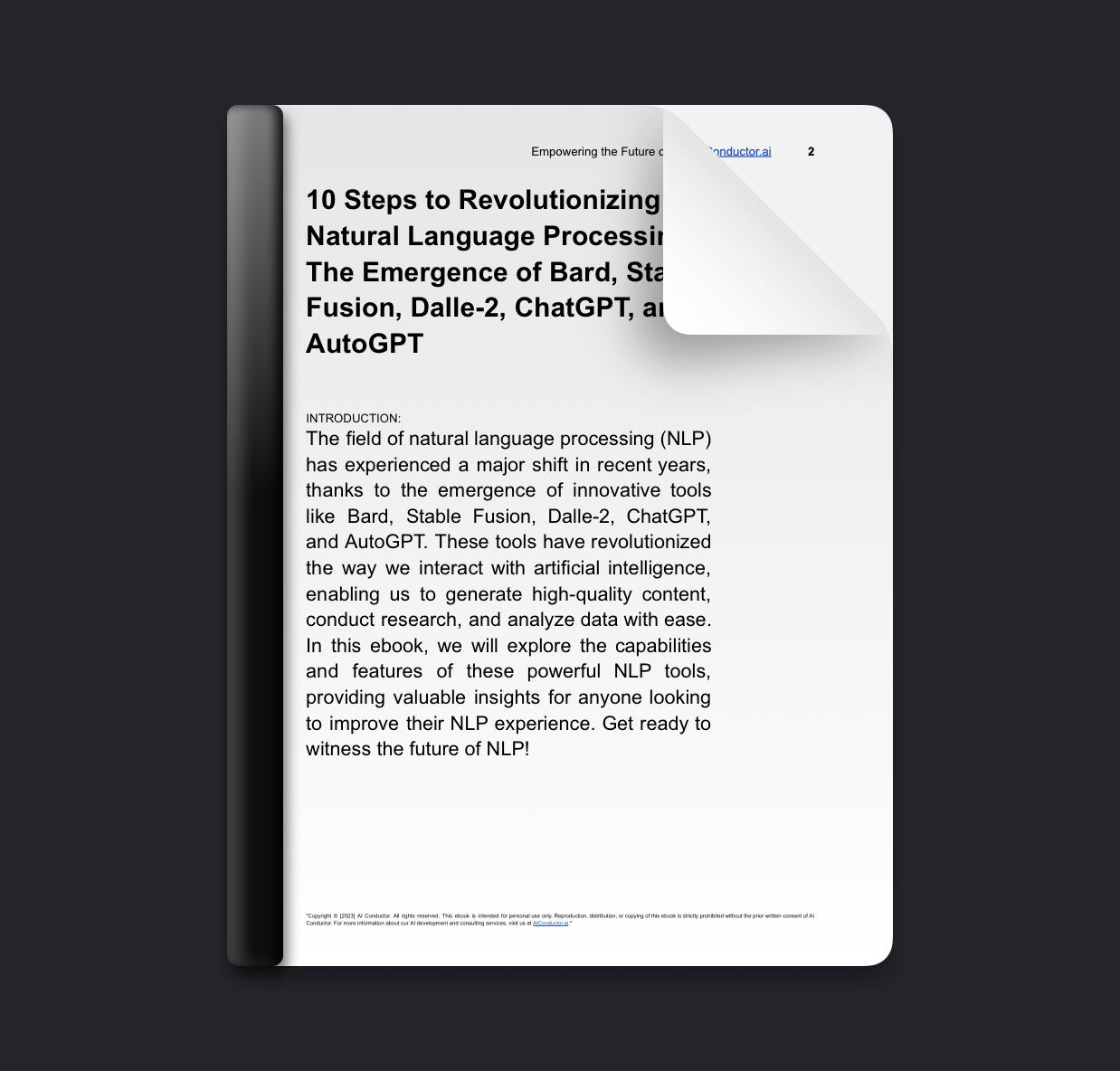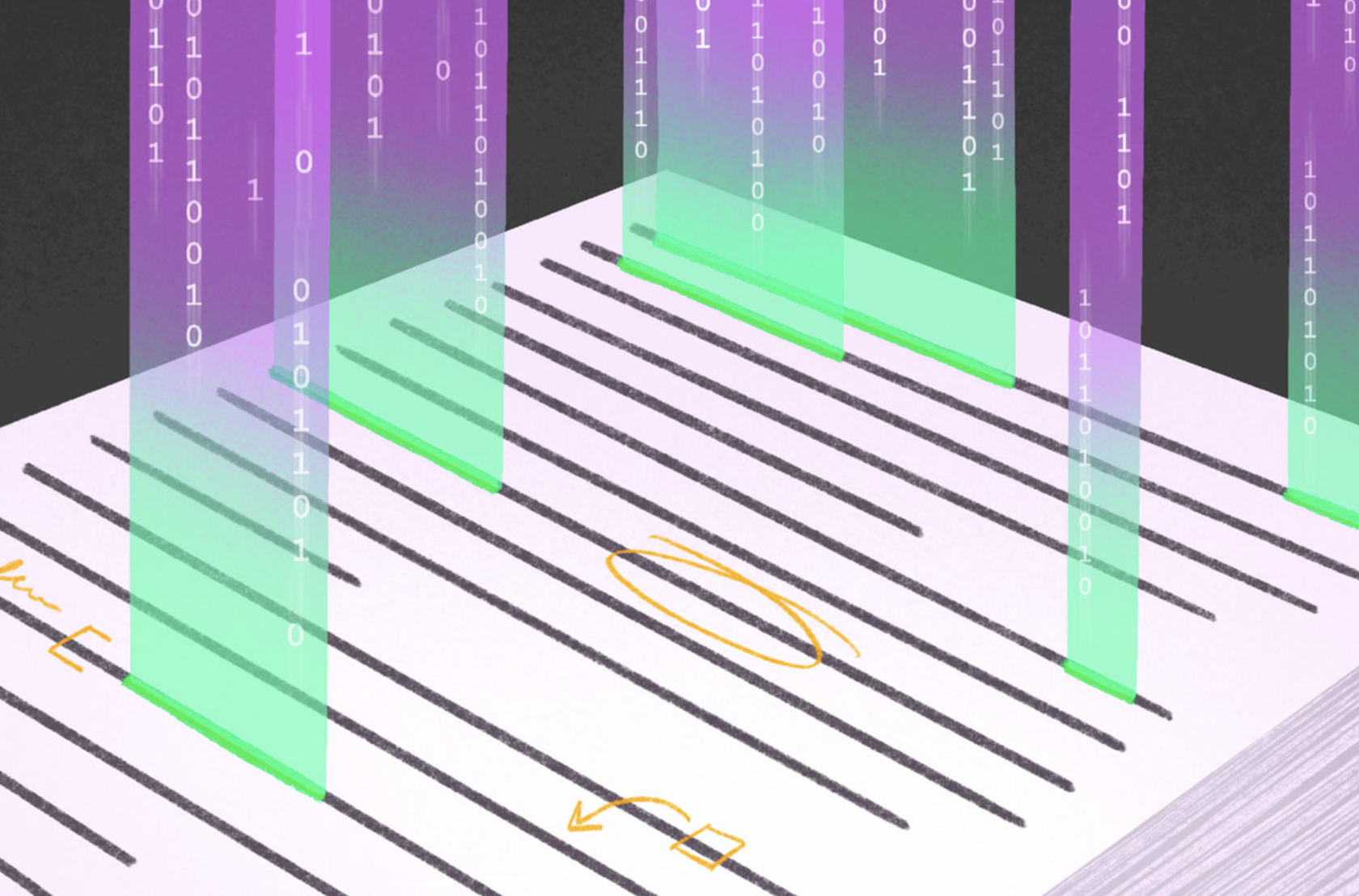We asked:
Can AI Generate Text That Is Indistinguishable From Human Writing?
The Gist:
Generative AI is a type of artificial intelligence that can generate new text, audio, and images that are based on existing data. It uses machine learning to create realistic-sounding or looking content that can be used in many different applications. Generative AI is becoming increasingly popular as it can create content quickly and with minimal human input.

Decoded:
AI technology is becoming increasingly powerful and commonplace. From self-driving cars to powerful digital assistants, AI makes life easier and more efficient. One of the latest breakthroughs in AI technology is generative AI, a powerful tool that allows machines to generate convincing conversations, news articles, and other textual output.
Generative AI is different from other AI applications because it uses statistical and machine learning methods to generate novel, human-like text that is more complex than a simple rote answer. In essence, generative AI works by creating new words, phrases, and sentences that are based on input data and then refining them to fit a specific goal.
Generative AI has a number of potential applications in business, entertainment, and education. For example, companies could use generative AI to design conversations between customer service bots and human representatives. In entertainment, generative AI could be used to create dialogue for realistic video games and interactive stories. In education, generative AI could be used to create content for interactive language-learning programs or for personalizing educational experiences for each individual student.
How can you spot generative AI text? One of the most notable differences between generative AI and more traditional AI chatbots is that generative AI can generate text based on input data rather than memorizing specific facts or scripted responses. To identify generative AI text, therefore, it’s important to pay close attention to the following characteristics:
First, generative AI often contains more sophisticated vocabulary than you’d find in more traditional AI chatbots. If a chatbot is using words that are too advanced for the task at hand, then it’s likely generative AI.
Second, generative AI often produces answers that seem to contain natural errors. While these errors may seem strange on the surface, they can often be explained when you look more closely at the underlying context.
And finally, generative AI produces answers that are tailored for each individual conversation. Verbal cues and other indications of the outbound text’s intent will often show up in the text itself.
Generative AI is a powerful tool that can dramatically improve the accuracy, complexity, and sophistication of AI-driven conversations, news articles, and other output. By looking for the characteristics described above, you can easily identify when generative AI is at work — and take advantage of this impressive new technology.
Generative AI is different from other AI applications because it uses statistical and machine learning methods to generate novel, human-like text that is more complex than a simple rote answer. In essence, generative AI works by creating new words, phrases, and sentences that are based on input data and then refining them to fit a specific goal.
Generative AI has a number of potential applications in business, entertainment, and education. For example, companies could use generative AI to design conversations between customer service bots and human representatives. In entertainment, generative AI could be used to create dialogue for realistic video games and interactive stories. In education, generative AI could be used to create content for interactive language-learning programs or for personalizing educational experiences for each individual student.
How can you spot generative AI text? One of the most notable differences between generative AI and more traditional AI chatbots is that generative AI can generate text based on input data rather than memorizing specific facts or scripted responses. To identify generative AI text, therefore, it’s important to pay close attention to the following characteristics:
First, generative AI often contains more sophisticated vocabulary than you’d find in more traditional AI chatbots. If a chatbot is using words that are too advanced for the task at hand, then it’s likely generative AI.
Second, generative AI often produces answers that seem to contain natural errors. While these errors may seem strange on the surface, they can often be explained when you look more closely at the underlying context.
And finally, generative AI produces answers that are tailored for each individual conversation. Verbal cues and other indications of the outbound text’s intent will often show up in the text itself.
Generative AI is a powerful tool that can dramatically improve the accuracy, complexity, and sophistication of AI-driven conversations, news articles, and other output. By looking for the characteristics described above, you can easily identify when generative AI is at work — and take advantage of this impressive new technology.

Essential Insights:
Three-Word Highlights
Generative AI, Text Chatbot, GPT-3
Winners & Losers:
Pros:
1. Generative AI text chat can help create more natural conversations between humans and machines.
2. It can be used to generate more realistic and engaging content.
3. It can help automate mundane tasks such as customer service.
Cons:
1. Generative AI text chat may not be able to recognize subtle nuances in conversations.
2. It can be difficult to train the AI to understand complex topics.
3. It may be difficult to ensure that the generated content is accurate and appropriate.
Bottom Line:
The bottom line is that AI-generated text is becoming increasingly difficult to distinguish from human-generated text, and it is important to be aware of the potential implications of this technology.
Ref.
Join The Conversation!





